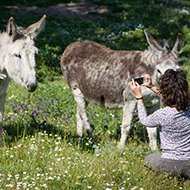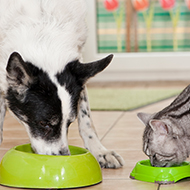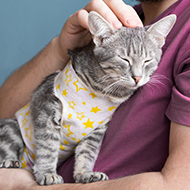Endangered species faces health threats
The Zoological Society of London (ZSL) has revealed that human activity is harming the survival of the Galapagos sea lion.
A recent study found that the immune systems of the endangered species are being affected by their exposure to human influence, such as pets and pollution.
Scientists tagged 120 Galapagos sea lions living on two separate islands and monitored their behaviour and physiology for the study.
Those living on the island of Santa Fe, where there are no humans, dogs, cats, mice or rats, were found to have less active immune systems than those living on the island of San Cristobal, which is inhabited by humans.
The study took place over more than 18 months, and also found that Galapagos sea lions living on San Cristobal were more prone to starvation.
Doctor Paddy Brock, from the ZSL and author of the study, said: "A tell-tale sign of an unhealthy sea lion is a thinner than normal layer of blubber, which is what we saw in the sea lions on San Cristobal.
"This was all the more notable as we didn't notice these patterns in sea lions on Santa Fe, where they live without the presence of people or pets."
Dr Brock added that the more active immune systems of San Cristobel sea lions may indicate a threat of infectious disease.
"This could mean human activity is increasing the chance of potentially dangerous diseases emerging in the Galapagos sea lion."
The study has been published in the Public Library Of Science (PLOS) ONE journal. Further research into the threats the species faces is being planned.
Image courtesy of Dr Brock






 RCVS Knowledge has called on vet practices to audit their post-operative neutering outcomes.
RCVS Knowledge has called on vet practices to audit their post-operative neutering outcomes.
